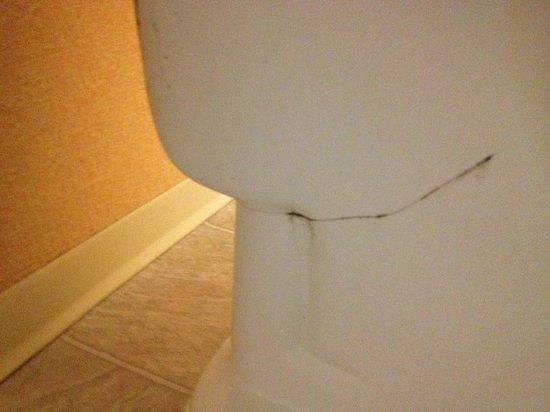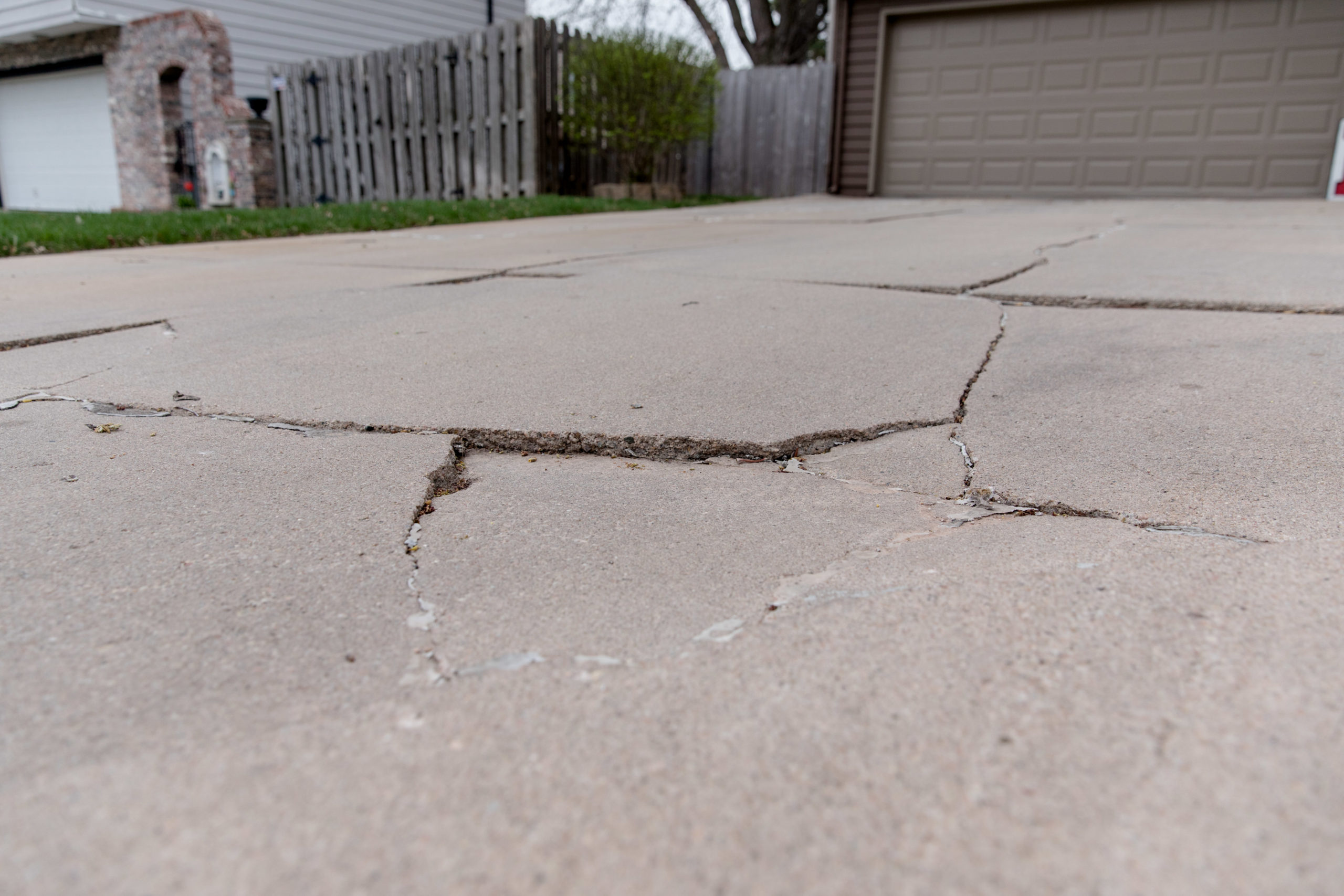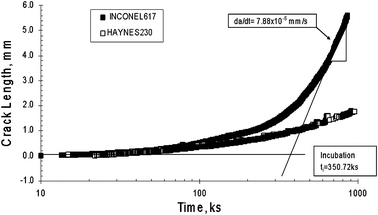

That’s when I contacted engine machinists Lancaster Engines to talk about the options and costs, and they recommended a guy who could repair the crack in my existing engine by metal stitching. The later 4.0- and 4.6-litre Rover V8 engines can develop cracks in the walls between a coolant passage and cylinder liner. Rover V8 enginesĪn aluminium block is less likely to crack, because the material is more durable but it can be repaired by the process shown here. This doesn’t apply to modern Land Rover engines where some antifreeze is serviceable for up to ten years. This corrosion protection deteriorates due to the combination of heat and mechanical action (pumping) in the coolant, leaving the block’s coolant passages, and any aluminium parts, to be slowly corroded.
TIMING SOLUTION CRACK SERIES
When the Series models were current, antifreeze needed to be changed every two years – not for frost protection (old antifreeze will still not freeze), but to renew the corrosion protection that antifreeze provides.

Antifreeze protectionĮarly 2.25-litre blocks could also crack due to internal corrosion weakening the metal along the left side of the block, usually from not renewing antifreeze regularly.

TIMING SOLUTION CRACK CRACKED
Blocks can also crack through overheating, and even impact – if a conrod breaks away from the crankshaft (catastrophic bearing failure or cambelt snapping) it will usually push a hole in the side of an engine block but, if it doesn’t, it’s wise to inspect the block to see if the impact has cracked it. The obvious one is freezing in winter due to not using antifreeze or frequent topping up with plain water which dilutes the antifreeze. There are several ways for an engine block to become cracked.


 0 kommentar(er)
0 kommentar(er)
